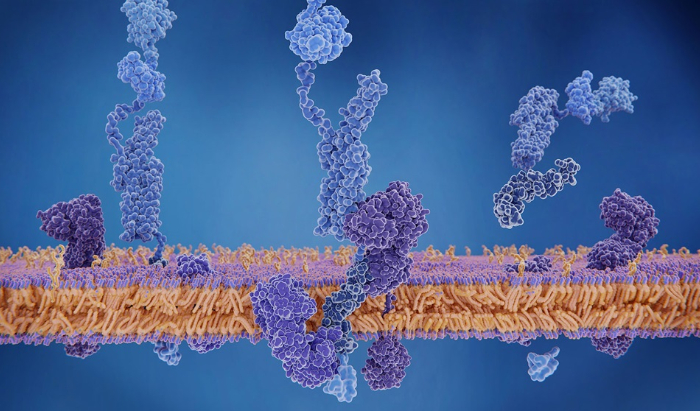This study delves into the complex involvement of the amyloid precursor protein (APP) in Alzheimer’s disease (AD). While APP is primarily known for its connection to the production of β-amyloid (Aβ) peptides, a characteristic of AD brains, this research uncovers a different facet of its functionality. It reveals a unique link between APP and neuronal activity, where stimulation of neurons with glutamate rapidly boosts APP gene expression. In both mouse and human neurons, increased APP protein levels lead to structural changes in the axon initial segment (AIS), responsible for initiating action potentials. These modifications involve AIS shortening and a shift away from the cell body, ultimately reducing neuronal activity. Significantly, these effects are self-contained, with no influence from external Aβ, whether fibrillar or oligomeric. This research provides a new dimension to our understanding of APP’s role and its connection to AD.
Furthermore, the study extends these findings to human subjects, investigating individuals with sporadic AD and a mouse AD model (R1.40 AD). Regardless of gender, these AD-affected individuals display elevated APP protein levels within neurons. Interestingly, this increased APP infiltrates the AIS and is associated with significant AIS shortening. These findings highlight the importance of the study’s discoveries. Additionally, the research identifies physical associations between APP and AIS scaffolding proteins, ankyrin G, and βIV-spectrin, particularly pronounced in AD brains, suggesting a potential link between APP and AD pathogenesis. In summary, this research offers a fresh perspective on APP’s multifaceted role and its involvement in AD beyond its association with amyloid plaques, paving the way for further investigations into the disease’s underlying mechanisms.
***Ma F, Akolkar H, Xu J, Liu Y, Popova D, Xie J, Youssef MM, Benosman R, Hart RP, Herrup K (2023) The Amyloid Precursor Protein Modulates the Position and Length of the Axon Initial Segment. Journal of Neuroscience, 43(10), 1830-1844. PMID: 36717226; DOI: 10.1523/JNEUROSCI.0172-22.2023.
